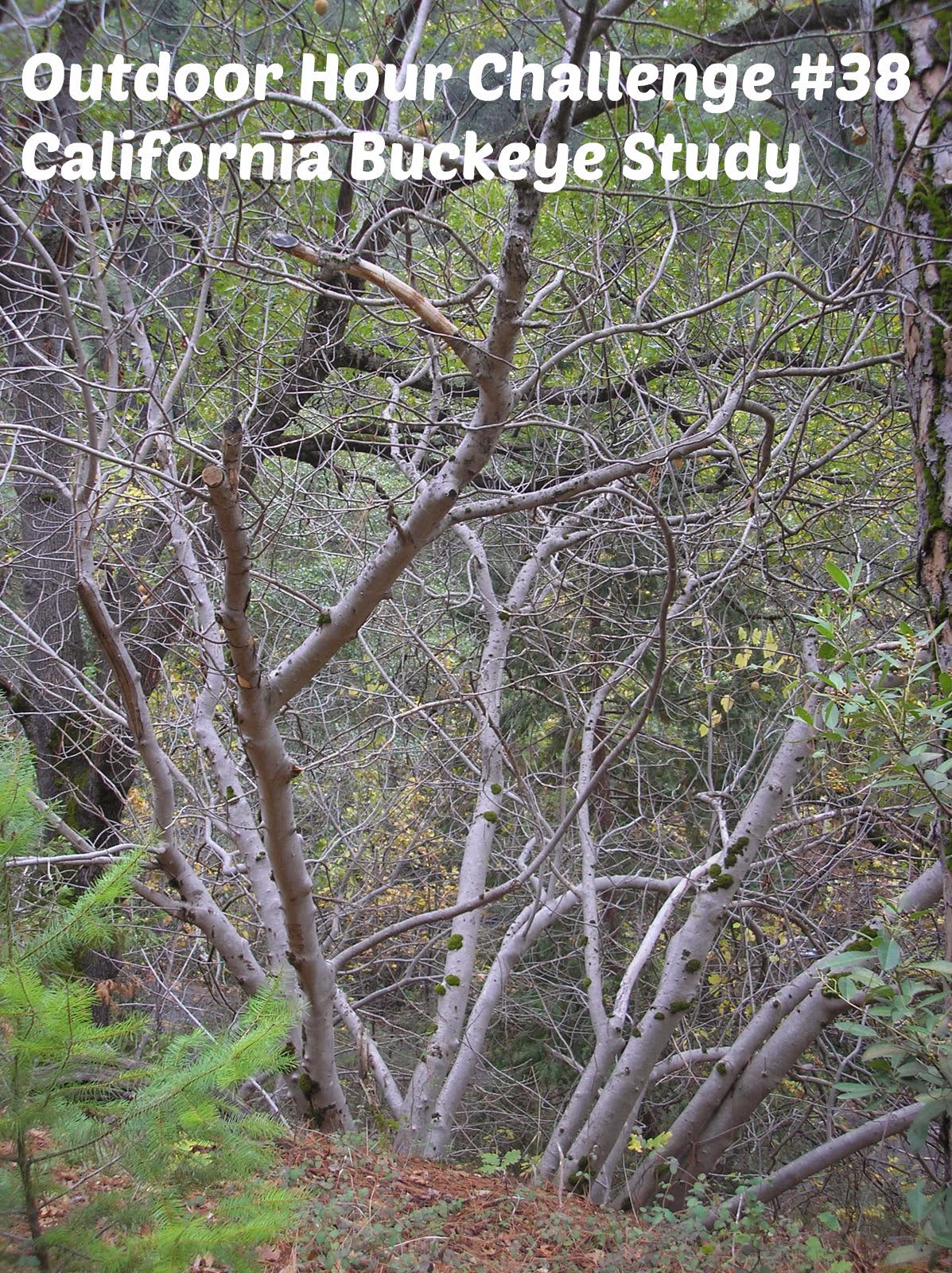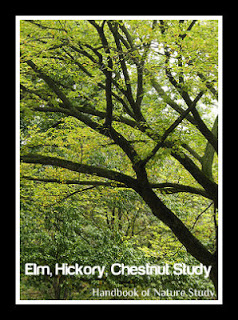This post is a mix and match post with lots of different interesting things we are studying. I am trying to get through all the photos I have taken in the last month to close off our winter studies before spring comes.
I brought in some branches of various trees and bushes in January and we have been watching them as they unfold. This is such an easy project that I encourage you to give it a try. Any woody plant will work and we are trying some new ones this year.
Here are some instructions you might want to read: Bursting Blooms
This is the sweet gum as it starts to unfold. Edit to add that this is a maple and not a sweet gum.
Now this is my mystery tree branch (perhaps a Quaking Aspen) that I brought home from my romp up in the mountains. The branch was broken off on the trail and I decided it might be interesting to bring it home and see if it would sprout leaves. It had buds at first and then the buds burst open to reveal these catkins.
The catkins then dropped off and the leaves are now sprouting bright spring green leaves and I am still not 100% sure this is a Quaking aspen branch.
This is the forsythia bush twig that I brought in and it is so pretty in yellow. I must be tired of the winter drabs because this yellow really cheers me up.
These are just two things that have been sitting on the nature shelf that someone brought in to look at and study. We haven’t had time to really research them much, but they are interesting none the less. The crepe myrtle bush has some interesting seeds and the pods have become really hard as they dry. The seed pod from the trumpet vine is filled with thousands of seeds with wings. They are amazing actually.
Now for a few outdoor things that I would like to share.
This buckeye seed has broken open and sent out a pinkish root. They are striking to see as we walk along the trail.
The acorns are doing the same thing right now as well. This black oak acorn has sprouted.
Here is another photo of an acorn sending down a root. Amazing to see in real life. Just think, a gigantic tree can grow from just this little acorn and one little sprout.
One last photo with some manzanita that is ready to bloom. I love the delicate pink buds that will soon be blooming all along our walking trail.
I think that catches me up with photos from the camera. We are trying to keep up our daily walks and I am feeling the change of the seasons coming. The air is different.
I encourage you to try the Bursting Blooms activity with your kids and to get outside for a few minutes this week to enjoy the day.













